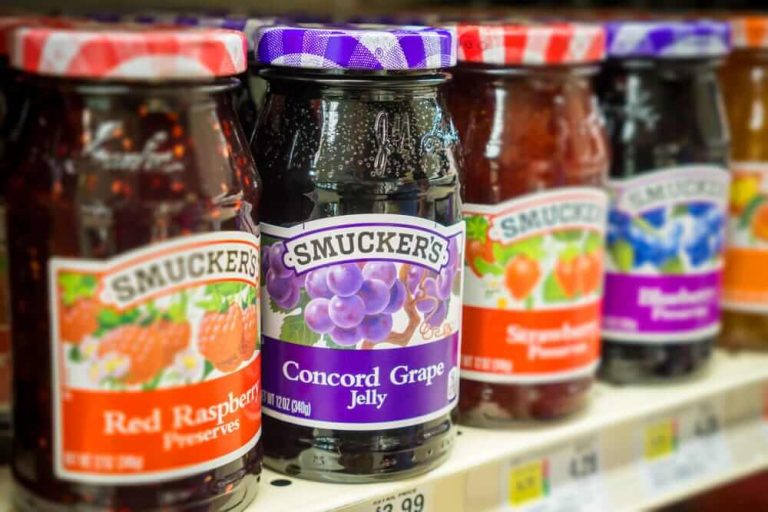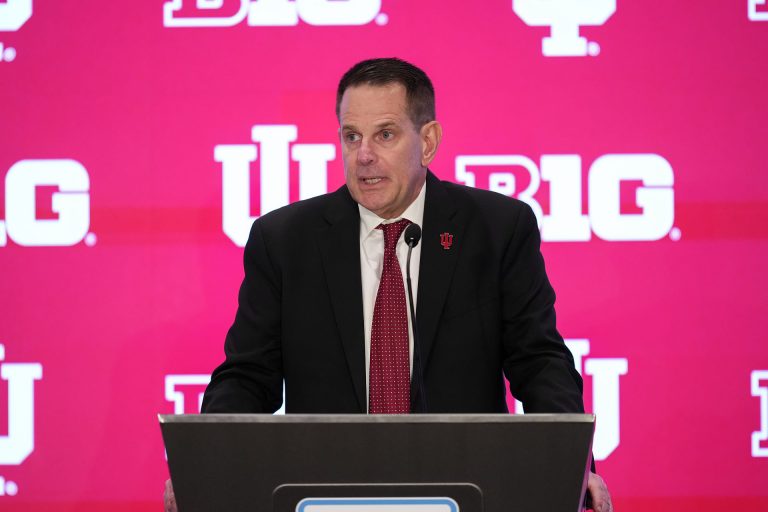Unlock the Editor’s Digest for free
Roula Khalaf, Editor of the FT, selects her favourite stories in this weekly newsletter.
The World Food Programme has run out of food for Palestinians in Gaza, 54 days after Israel placed the shattered enclave under a complete siege in a bid to force Hamas to free the remaining hostages it holds.
The UN agency is the largest provider of products to make hot meals in Gaza, where nearly the entire population of more than 2mn civilians has been displaced and depends on aid organisations for food and medicine.
With few smaller agencies now able to provide food, hunger and malnourishment have hit extreme levels in Gaza. Fruit and vegetables have nearly vanished from the enclave’s markets or are being sold at exorbitant prices.
Israel has rebuffed demands from its Arab neighbours and European allies to abide by its international obligations to allow food into Gaza, while carrying out waves of air strikes it says are necessary to bring Hamas to its knees and release 59 hostages — 24 of them still alive — without the agreement of a formal truce.
On Friday, the WFP said it had distributed the last of its stocks to the approximately 50 kitchens where hundreds of thousands of people line up daily to take food back to their families.
It had already run out of food packages to distribute to families at home, a WFP official said, and bakeries that used to receive WFP flour had run out of fuel weeks ago, leaving them to burn wooden pallets to fire ovens before they were forced to shut down on March 31.
“No humanitarian or commercial supplies have entered Gaza for more than seven weeks as all main border crossing points remain closed. This is the longest closure the Gaza Strip has ever faced,” the UN agency said.
“People are running out of ways to cope, and the fragile gains made during the short ceasefire have unravelled.”
Other agencies, including World Central Kitchen, one of the biggest suppliers of hot meals in Gaza after the WFP, are also running out of food. WCK said on Thursday it had run out of any protein goods and was operating the last remaining bakery in Gaza, which could only make about 90,000 loaves of bread a day. The NGO has been forced to scavenge for wood to keep its ovens lit.
Israel’s siege — condemned as a starvation tactic by rights groups — is backed by the US, ambassador Mike Huckabee said in one of his first public comments in the role earlier this week. In a video on X, he repeated claims by Israeli Prime Minister Benjamin Netanyahu and far-right finance minister Bezalel Smotrich that aid was being diverted by Hamas.
But international NGOs and UN agencies working in Gaza say there is little evidence of diversion by the militant group, and that Israel’s reimposition of a siege while shattering a ceasefire in early March has brought the enclave’s civilians to a state of extreme food insecurity.
Malnourishment rates, especially among children, have shot up 80 per cent in March, from the previous month, with about 4,000 children identified by UN health agencies as acutely malnourished. Images have spread on social media of gaunt young children being brought to health clinics with visible ribs, distended bellies and other identifiable signs of prolonged hunger.
But even at hospitals, nurses are able to do little. Food supplements for children are scarce, with distribution having dropped by 70 per cent since March, the UN said.
Thousands of trucks of food are lined up outside Gaza waiting for Israeli permission to enter the enclave. They hold more than 116,000 tonnes of food — enough to feed Gazans for at least two months, the UN official said.
The WFP is also running out of money to feed the hungry, with a 40 per cent drop in its funding for 2025 because of cuts mandated by the Trump administration in the US.
That leaves about 60mn people worldwide at “imminent risk of losing access to food assistance”, the agency said.







